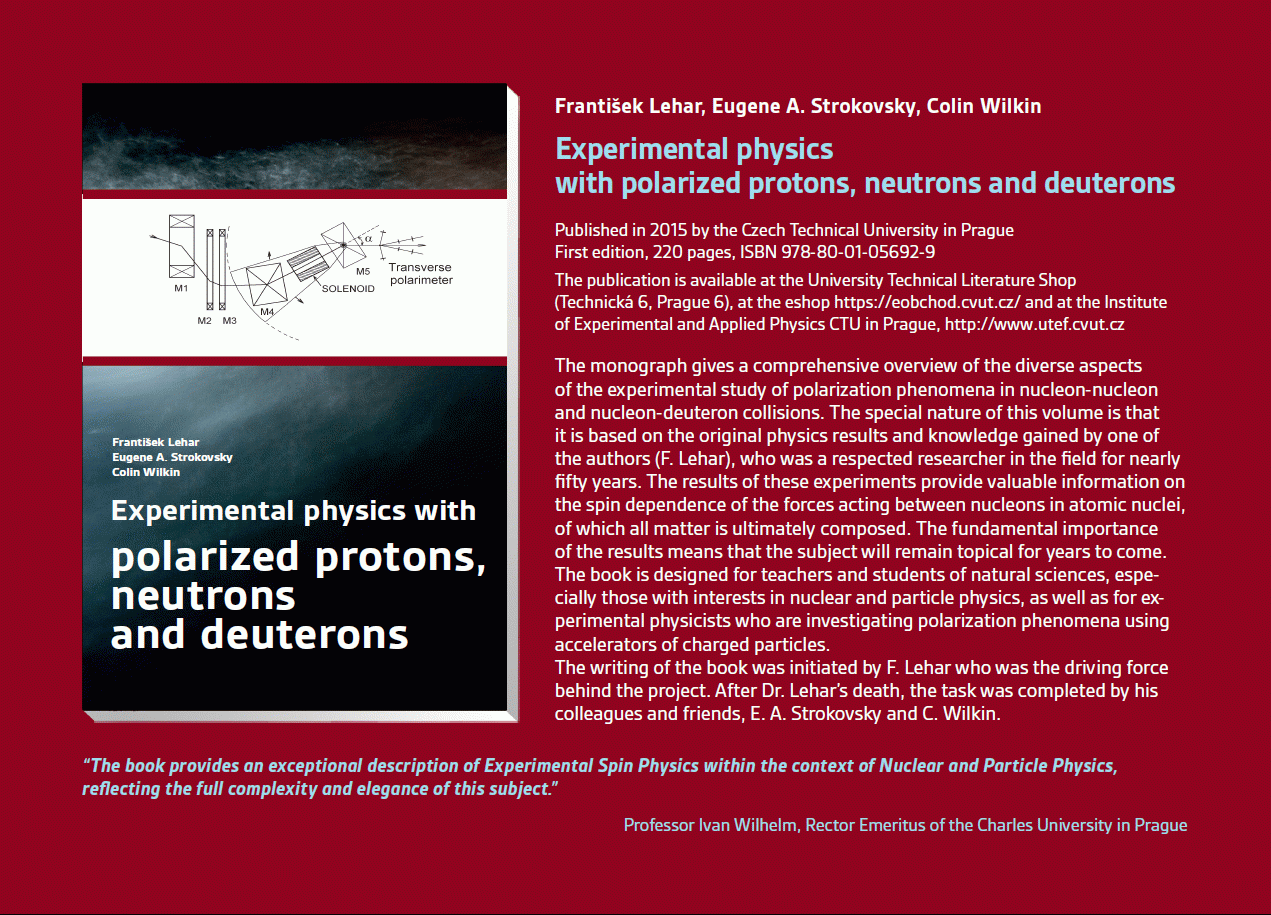Publikace
> Články v impaktovaných časopisech
> 'Energy and Position Sensitive Pixel Detector Timepix
for X-Ray Fluorescence Imaging'
Energy and Position Sensitive Pixel Detector Timepix
for X-Ray Fluorescence Imaging
Autor
| Žemlička Jan, Bc. | UTEF |
| Jakůbek Jan, Ing. Ph.D. | UTEF |
| Kroupa Martin, Ing. | UTEF |
| Tichy Vladimir, Mgr. | UTEF |
Rok
2009
Časopis
NIM A, Vol. 607, Issue 1, p. 202-204
Web
Obsah
The Timepix device presents significant potential for X-Ray induced fluorescence (XRF) imaging. However limited energy resolution of this device restrains direct element identification via their radiation patter. Based on theoretical Monte Carlo simulations and measured data a per pixel spectra decomposition method has been proposed. This method consists of two phases - a first phase which determines the response of each pixel to characteristic radiation of individual elements and a second phase with the decomposition of unknown complex spectra to a set of individual elemental spectra. With precise calibration this technique allows us to distinguish area distribution of elements. We are able to recognize elements heavier than potassium (K) i.e. calcium (Ca), scandium (Sc), titanium (Ti) etc. These elements may even have their characteristic radiation lines located in a narrow energetic range like nickel (Ni), copper (Cu) and zinc (Zn). The spatial resolution of images is directly given by the diameter of the pinhole (presently we are working with a 200 um pinhole).
Granty
| MSM 6840770040 | Výzkumný záměr 40: Využití radionuklidů a ionizujícího záření. |
| LC06041 | Centrum základního výzkumu "Příprava, modifikace a charakterizace materiálů energetickým zářením" |
Projekty
Příklad citace článku:
J. Žemlička, J. Jakůbek, M. Kroupa, V. Tichy, "Energy and Position Sensitive Pixel Detector Timepix
for X-Ray Fluorescence Imaging", NIM A, Vol. 607, Issue 1, p. 202-204 (2009)
Hledat
Události
21.-22. 11. 2014
Seattle, USA
8-15 Nov 2014
Surrey, Velká Británie
8. září 2014
9. září 2014
24. 4. 2014
3. 4. 2014
Seoul, Korea
27 Oct - 2 Nov 2013
Paris
23-27 June 2013
Anaheim, USA
29 Oct - 3 Nov 2012






 Experimental physics
with polarized protons, neutrons and deuterons
Experimental physics
with polarized protons, neutrons and deuterons Progresivní detekční metody ve výuce subatomové a částicové fyziky
na ZŠ a SŠ
Progresivní detekční metody ve výuce subatomové a částicové fyziky
na ZŠ a SŠ NSS MIC IEEE Conference
NSS MIC IEEE Conference Konference SEPnet, CERN@school
Konference SEPnet, CERN@school Lovci záhad - spolupráce ČT a ÚTEF
Lovci záhad - spolupráce ČT a ÚTEF Progresivní detekční metody ve výuce subatomové a částicové fyziky na ZŠ a SŠ
Progresivní detekční metody ve výuce subatomové a částicové fyziky na ZŠ a SŠ Návštěva v rámci projektu „Listening to the universe by detection cosmic rays“
Návštěva v rámci projektu „Listening to the universe by detection cosmic rays“ NSS MIC IEEE Conference
NSS MIC IEEE Conference 15thIWORID
15thIWORID NSS MIC IEEE Conference
NSS MIC IEEE Conference